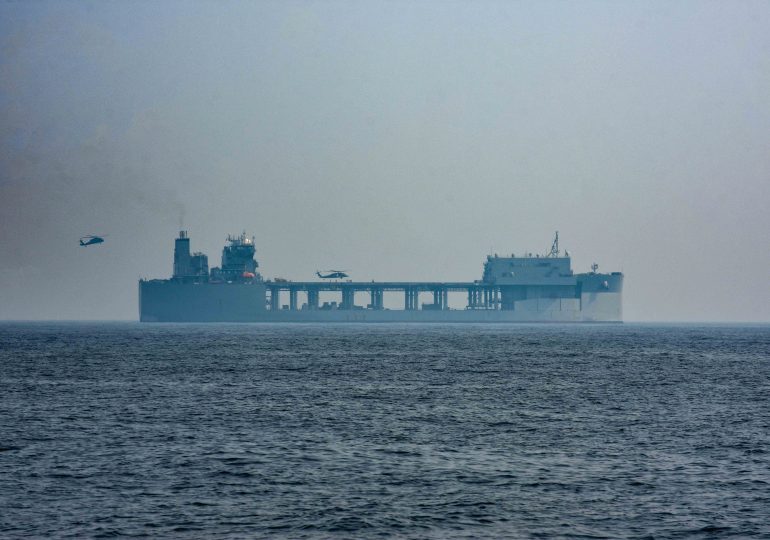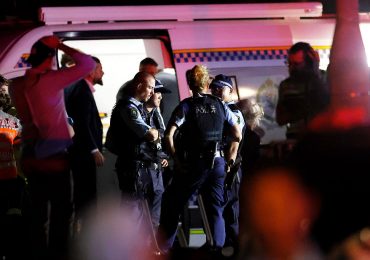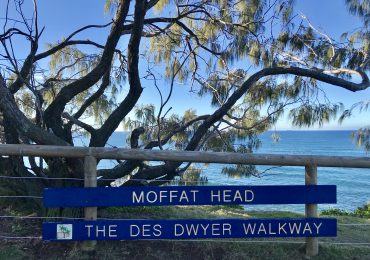Two Navy SEALs are presumed dead, the U.S. announced Sunday night, after they were reported missing at sea 10 days ago during a mission to raid a ship with Iranian weapons off the coast of Somalia.
[time-brightcove not-tgx=”true”]
In a statement, the U.S. Central Command (CENTCOM) said it regrets that the two servicemen have not been located and that it is shifting its focus from search and rescue to recovery operations. The names of the SEALs have not been released.
“We mourn the loss of our two Naval Special Warfare warriors, and we will forever honor their sacrifice and example,” said CENTCOM Commander Gen. Erik Kurilla. “Our prayers are with the SEALs’ families, friends, the U.S. Navy and the entire Special Operations community during this time.”
The two SEALs disappeared after a nighttime operation on Jan. 11, during which Navy forces raided an unflagged dhow carrying Iranian “advanced conventional weapons” to resupply the Houthi rebels in Yemen responsible for ongoing attacks on merchant vessels in the Red Sea since October.
Read More: How—and Why—Yemen’s Houthi Rebels Are Poised to Seriously Disrupt the Global Economy
“It is clear that Iran continues shipment of advanced lethal aid to the Houthis. This is yet another example of how Iran actively sows instability throughout the region in direct violation of U.N. Security Resolution 2216 and international law,” said Kurilla after the operation was initially publicized.
Dispatched from the mobile base USS Lewis B. Puller, the Navy forces boarded the dhow aided by helicopters and drones. Officials have told media that, during the boarding, one of the SEALs fell into the sea and the other went in after in an attempt to save his crewmate.
The SEALs stands for the Navy’s Sea, Air, and Land Teams, the military branch’s primary special operations force.
Ships and aircraft from the U.S., Japan, and Spain searched more than 21,000 sq. mi. to try to locate the missing SEALs, CENTCOM said, with additional assistance from the Fleet Numerical Meteorology and Oceanography Center, the U.S. Coast Guard Atlantic Area Command, the Scripts Institute of Oceanography, and the Office of Naval Research’s oceanographic support wing.
Leave a comment








